However, the alarming part is that obesity is becoming more prevalent among Indians. Obesity and diabetes chronic disorders such as diabetes and heart disease have increased in India as processed meals become more widely available.
Hence, here we present a balanced best Indian diet plan for weight loss which can be adopted by any individual regardless of any situation.
Summary: In this guide for Indian diet plan for weight loss we have covered topics such as a traditional Indian diet plan, healthy foods which should be included and food items which should not be included in the diet, detailed insights about different food items which affect us on a daily level, snacking options and quick weight loss tips.
Indian diet plan for weight loss benefits and Applications
- The vivid spices, fresh herbs, and wide variety of rich flavours that characterize Indian food are well-known.
- Though people’s diets and tastes differ across India, the majority of people eat a plant-based diet.
- Indian vegetarian diet plan for weight loss stresses a large intake of plant foods such as vegetables, lentils, and fruits while limiting meat consumption.
Traditional Healthy Indian Diet Plan for Weight Loss
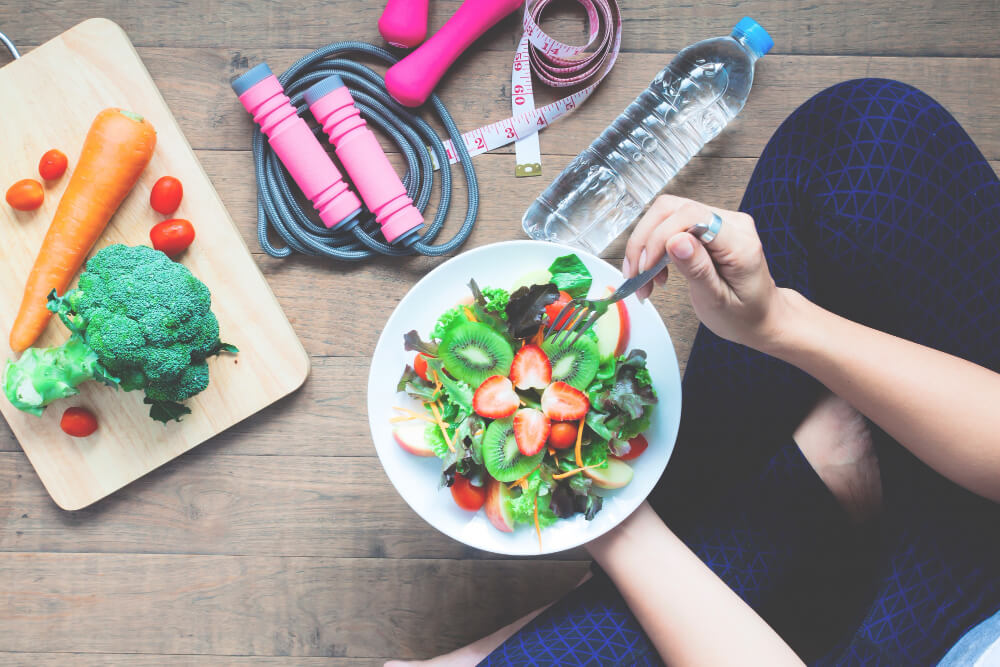
The following ideas may be effective while following an Indian food chart for female weight loss.
- Freshly made dishes are always the finest option.
- Make sure your diet includes all of the food categories.
- Breakfasts should be filling and nutritious. Paratha, idlis, dosa, uttapam, bread, and eggs are all good options.
- Within thirty minutes of waking up, you should eat breakfast.
- What to eat for lunch to lose weight should consist of dal, sabzi, roti, and curd or rice, rajma, chole, and so on.
- Dinner should consist of something light like khichdi, dal chawal, or curd rice.
- Dinner should be consumed at least two hours before going to bed.
- There should be 2-3 smaller meals in addition to the big meals.
- Fruits, nuts, salads, peanuts, and other snacks can be used to make these tiny meals.
- Food to avoid weight loss is packaged foods, processed foods, and ready-to-eat foods.
- Water is an essential component of a well-balanced diet.
- One cheat meal every week is permissible but guarantees that you do not overindulge during this time.
- In terms of how to maintain a diet to reduce weight – stay away from low-carb diets and famine.
Healthy Foods to be included in Your Diet Chart for Weight Loss

- Tomatoes, okra, cabbage, spinach, mushrooms, pomegranate, guava, apples, and other fruits and vegetables are the richest origins of vitamins, including nutrients.
- Mung beans, kidney beans, black-eyed peas, pulses, lentils, and chickpeas are common legumes in Indian cuisine.
- Curd, buttermilk, ghee, and cheese are essential components of each Indian meal.
- Meat, legumes, dairy, tofu, nuts, and seeds are all protein sources in Indian cuisine.
Healthy Sample Indian Diet Plan for Weight Loss For One Week
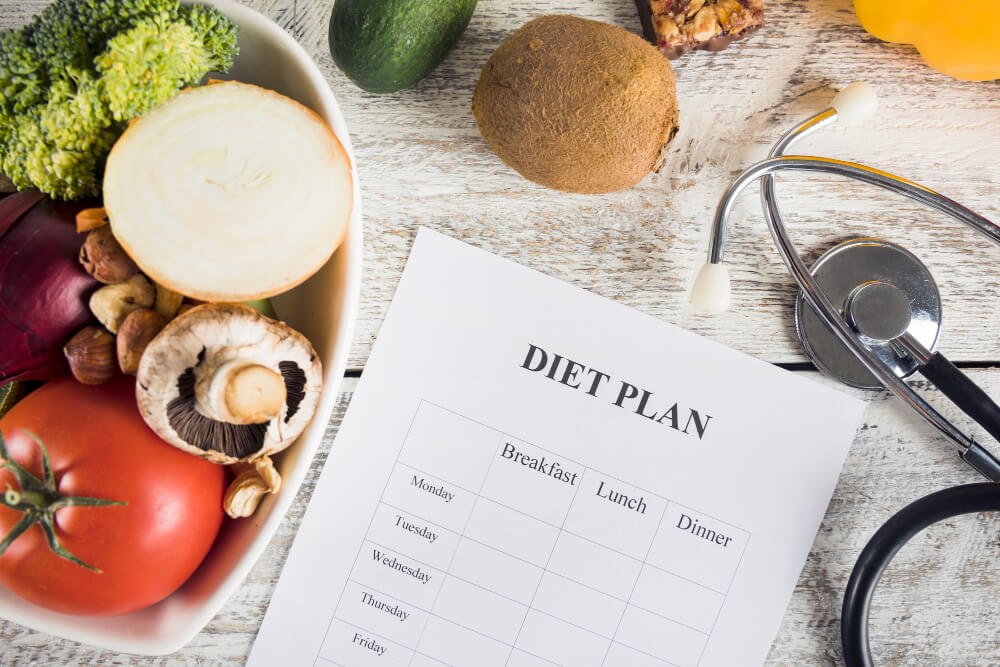
Here is a mentioned balanced diet for a week, which is based on keeping a balance of all the nutrition levels together. You can surely adjust it as per your own calorie needs:
Day 1: Monday
Breakfast – Mung Dal Chila – 1 or 2
Lunch – Whole grain chapati, green vegetable and salad
Dinner – Mixed salad with clear soup
Day 2: Tuesday
Breakfast – Sambar along with idli made up of brown rice
Lunch – Brown rice with yellow dal
Dinner – Sprout salad and khichdi
Day 3: Wednesday
Breakfast – Smoothie with yoghurt, chia seeds and fruits
Lunch – Whole grain chapati, green vegetable and salad
Dinner – Channa with salad
Day 4: Thursday
Breakfast – Plain oats with fresh fruits on it.
Lunch – One bowl of daal with rice
Dinner – Brown rice and palak paneer
Day 5: Friday
Breakfast – Cinnamon apple porridge topped with almonds
Lunch – Whole grain chapati, sambar and green vegetables
Dinner – Mixed vegetables and tofu curry
Day 6: Saturday
Breakfast – Brown bread with green chutney and cucumber
Lunch – Quinoa salad
Dinner – Letic burgers, with paneer filling
Day 7: Sunday
Breakfast – Porridge with sliced papayas
Lunch – Whole grain chapati with vegetables
Dinner – Tofu with vegetable curry
Healthy Weight Loss Foods to Include in Your Indian Diet Plan – Detailed Insights
Different types of food materials and their effects on health:
A: Vegetables and fruits in the diet

Dietary micronutrients (iron, calcium, folic acid, vitamin C, carotenoids, and phytochemicals) and nutritional content (complex carbohydrates/fibre) are abundant in vegetables and fruits.
Some fruits and vegetables have very few calories, whereas others have many calories because they are high in starch (such as sweet potatoes, potatoes, fruits, and bananas).
How to Increase your intake of veggies and fruits
- Always include veggies and fruits in your diet
- Eat seasonal vegetables and fruits that are fresh and available locally.
- In a diet plan, eat a variety of fruits and vegetables (a “rainbow of coloured foods”) since different coloured vegetables and fruit contain different nutrients (phytochemicals).
- Snack on vegetables and fruits and raw veggies.
B: Fats/oils come in a variety of forms
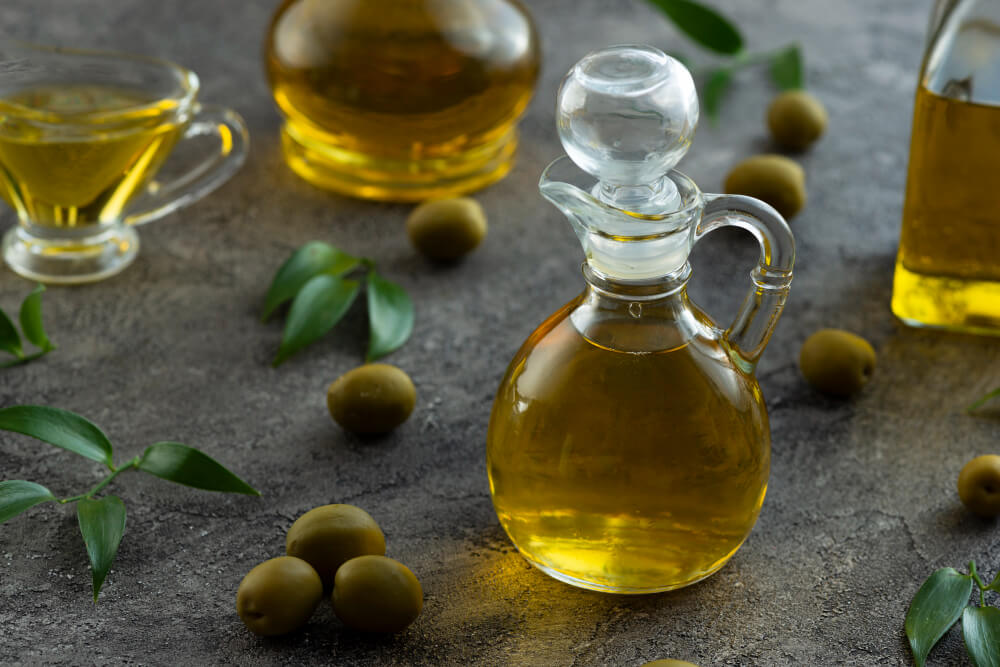
- Fats/oils are concentrated sources of energy. Fat sources in the diet are categorized as follows:
- Ghee, butter, cheese, eggs, milk, meat, and fish fat are all good sources of animal fat. They’re heavy in saturated and trans fatty acids and they’re rich in cholesterol.
- Seeds of some plants, such as peanut, mustard, sesame, coconut, canola, olive, and soya bean, are sources of vegetable oils.
Visible and obscure fats
- Visible fats have been extracted from their usual origins, such as ghee or butter made from Milk, culinary oils made from oil-yielding seeds, and nuts. It is simple to keep track of their consumption.
- Invisible fats are difficult to measure and are found in practically all foods, such as grains, lentils, nuts, Milk, and eggs.
Ghee
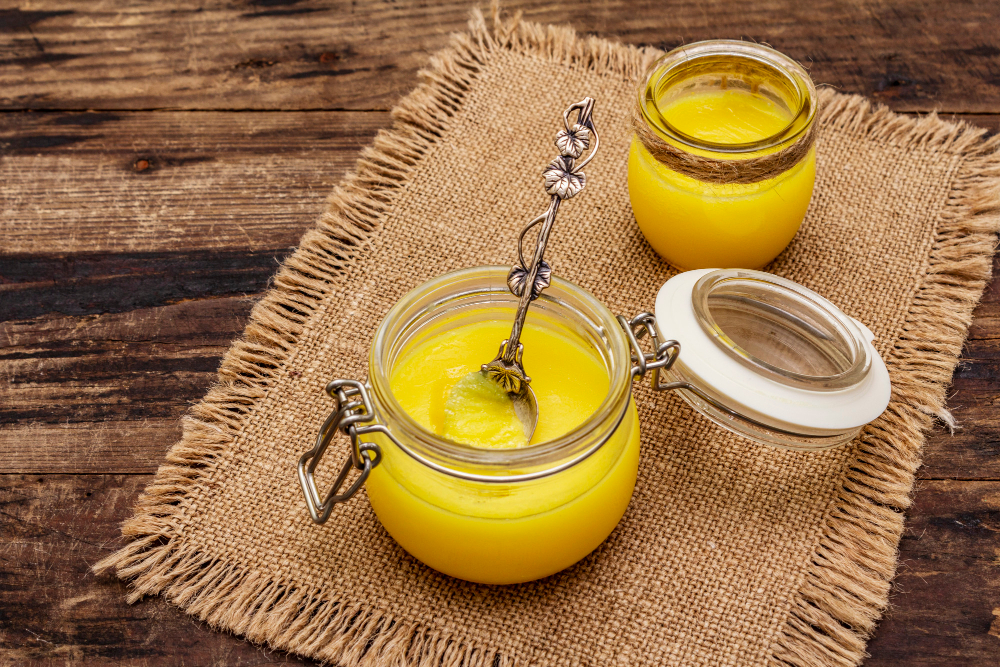
- When plant oils remain hydrogenated, they become vanaspati or vegetable ghee, a semisolid or stable form.
- Unsaturated fatty acids are transformed into saturated and Trans fatty acids during the hydrogenation process.
- Adults should avoid using vanaspati ghee because saturated and Trans fats are risk factors for developing non-communicable diseases (heart disease, stroke, diabetes, cancer, and obesity).
- Vanaspati ghee is commonly found in baked goods, candies, and snacks.
Fat intake can be reduced
- altering how food is cooked, such as using vegetable oil (rather than animal oil); removing the fatty section of meat; and boiling, steaming, or baking rather than frying;
- Avoiding processed foods containing Trans fats
- Saturated fats are superior to unsaturated fats (e.g., found in fatty meat, palm and coconut oil, butter, ghee, cream, cheese, and lard)
C: Salt Intake
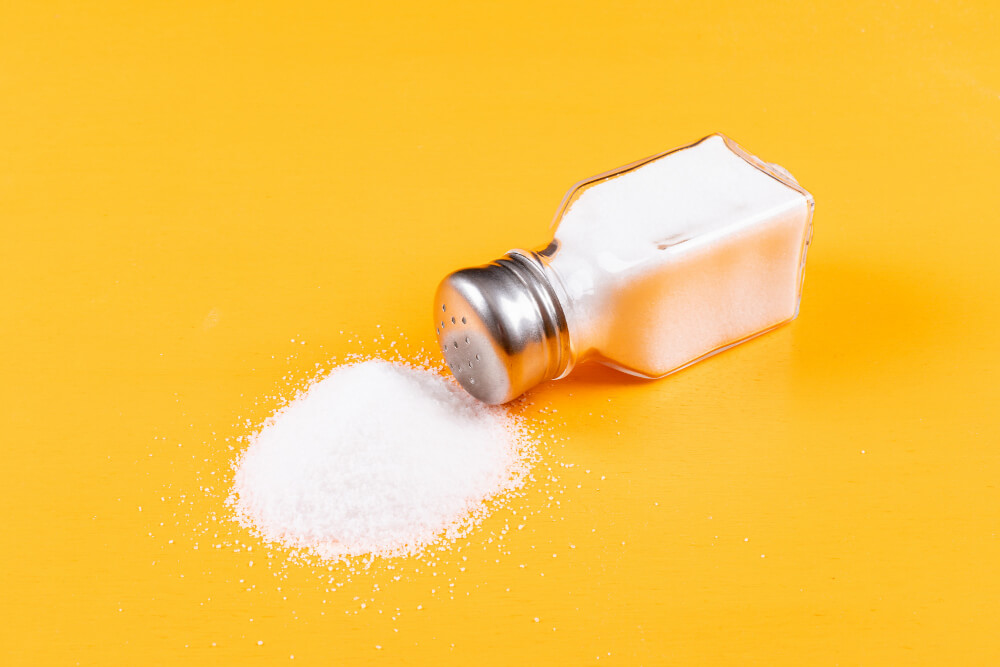
The majority of individuals are unaware of how much salt they consume. High salt intake and low potassium intake (less than 3.5 g) lead to high blood pressure, raising the risk of heart disease and stroke. The World Health Organization (WHO) recommends that people consume no more than 5 grams of salt each day.
- Limiting salt input during cooking is one way to cut down on salt usage.
- A lack of salt on the table.
- Do not add any more salt to the meal that has already been made.
- Intake of snacks and processed meals is restricted.
- Rising potassium consumption by consuming more green fruits and greens, as potassium counteracts sodium’s harmful effects (salt).
- Select items with a lower sodium (salt) level.
- Only consume iodized salt, which should be kept in an airtight place to prevent moisture.
D: Sugar Intake
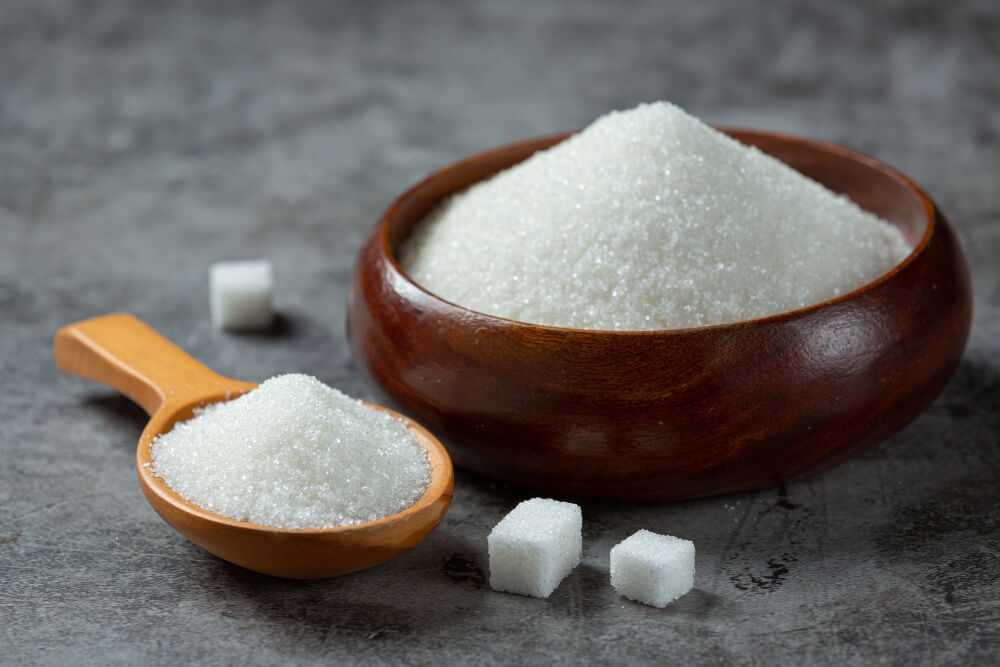
Sugars added to foods or drinks during cooking by the producer or the consumer plus sugars commonly found in honey, syrups, fruit juices, and fruit juice concentrates are all considered free sugars. Free sugars raise the risk of dental caries (tooth disease) and contribute to obesity. Free sugarS should not account for more than 10% of total energy consumption.
E: Whole grains
The bran, germ, and endosperm are all edible portions of the grain in whole grain. Whole grains (whole wheat, millets, oats, brown rice, unprocessed maize) have been demonstrated to lower the risk of heart illness, type 2 diabetes, obesity, and certain types of cancer. Whole-grain diets also help maintain regular bowel movements and encourage the growth of beneficial bacteria in the colon.
F: Water and beverages
Water makes up roughly 70% of a person’s weight. Sweat, pee, and faeces all lose water from the body. Drink enough clean water to meet your daily fluid requirements.
Milk is a nutritious food and beverage for people of all ages. Most vegetarian diets benefit from the addition of milk proteins. Milk is high in calcium (but low in iron), which aids in developing strong bones. As a result, Milk is high in protein, lipids, carbohydrates, vitamins (excluding vitamin C), and minerals.
Toned Milk is a mixture of whole milk and powdered Milk. It’s made up of one part water, one part natural milk, and one-eighth part-skim milk powder. Because milk fat is saturated, those who follow a low-fat diet can drink skimmed/toned Milk.
Vegetable milk is Milk made from some vegetable foods (such as groundnuts and soybeans). It can be used in place of animal milk.
Soft drinks include the following
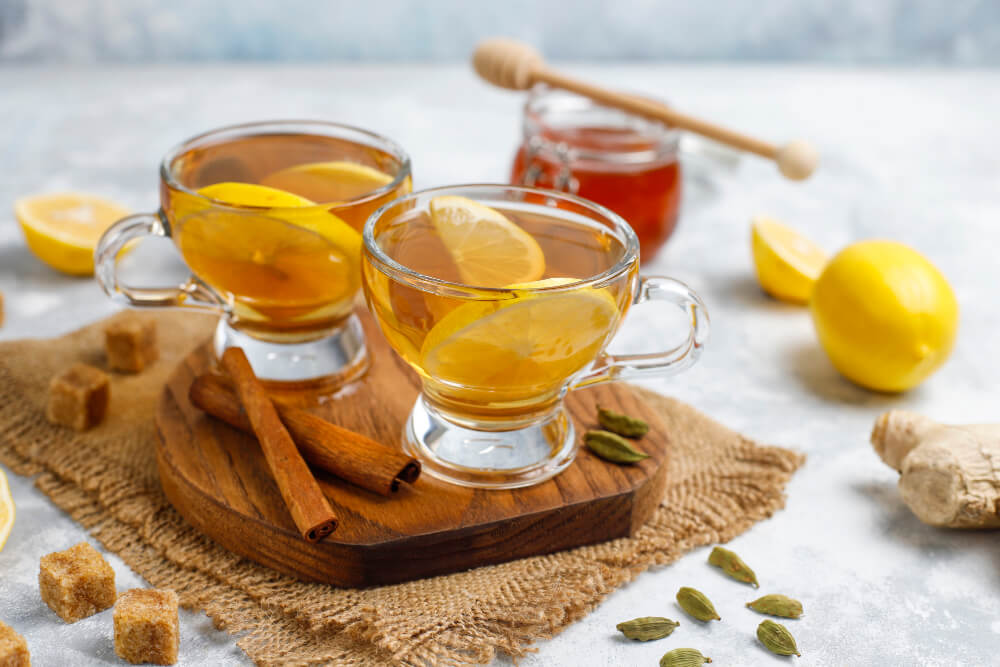
- Natural soft beverages (fruit juices)—which provide energy as well as vitamins (beta carotene, vitamin C) and minerals (potassium, calcium). Natural fruit juices are great beverages for those with hypertension since they are high in potassium.
- Tea and coffee are consumed for their flavour or stimulating properties. Tea and coffee should be consumed in moderation. Tea and coffee contain tannin, which inhibits iron absorption, so they should be avoided one hour before and after meals.
- Regular sports drinks contain energy-producing carbohydrates and electrolytes such as sodium, potassium, and chloride, which help maintain fluid and electrolyte balance.
- Energy drinks contain carbohydrates and caffeine (70 to 85 mg per eight-ounce serving), and some also contain B complex vitamins, amino acids, and herbal extracts like ginkgo.
- Tender coconut water is a nutritious beverage that can be used as an oral rehydration medium. However, it should be avoided in patients with hyperkalemia, such as renal failure, acute adrenal insufficiency, or limited urine output.
G: Processed and available to eat meals

- Processed foods are foods that have been exposed to technological alterations, either for preservation or to turn them into ready-to-use/eat foods, obviating the need for time-consuming household operations.
- Frozen, canned, baked, dried, and pasteurized foods are examples of food processing procedures.
- Highly perishable items such as Milk, meat, fish, and fresh grains and greens are preserved by food processing.
- Food processing also makes the seasonal availability of foods and long-distance shipping easier.
H: Instant foods, fast foods, street foods, unhealthy foods (Junk foods)
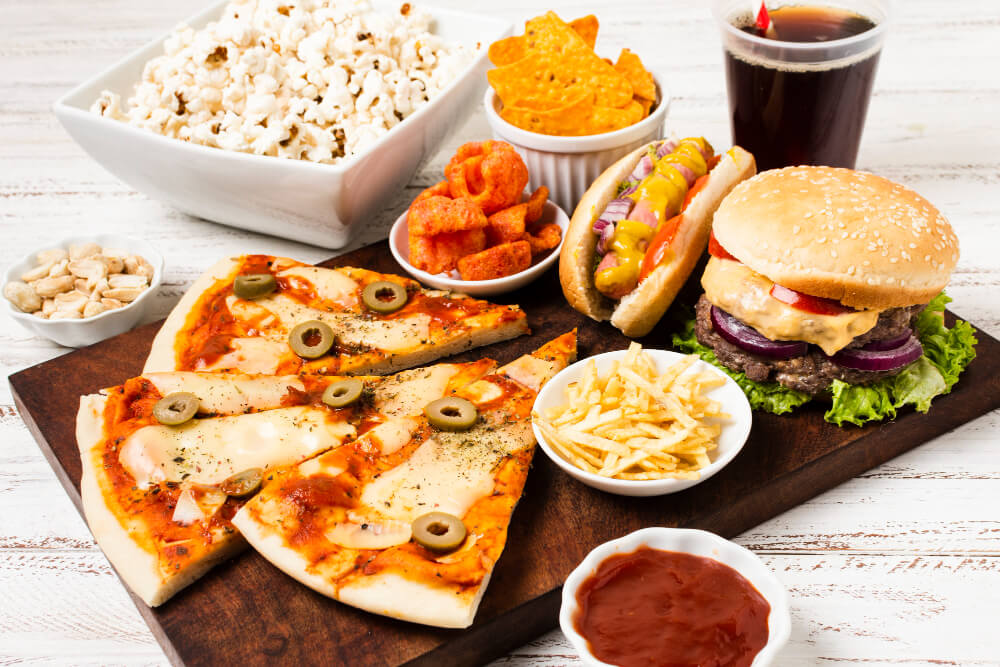
- Noodles, corn flakes, and soup powder are examples of instant foods that have undergone specific processing and are ready to be served once dissolved or dispersed in a liquid with a short heating time.
- Fast foods are dishes that are produced fast and delivered in a packaged version for takeout.
- These are high-calorie foods.
- The main problems for such foods are storage, handling, and contamination.
- Street meals include chaat, Gol Gappa, samosa, Tikki, noodles, chowmein, burgers, and other ready-to-eat foods and beverages produced.
I: Dairy Products
- Fresh Milk, cream, and some soft cheeses have a limited shelf life and lose quality quickly if stored at high temperatures. These should be stored in the fridge.
J: Fruits and vegetables that are in season
- Avoid bruising and breaking the skin by carefully handling fruits and vegetables. Deterioration and rotting will result as a result of such damage.
- When the room is limited, keep most fresh fruits in the coolest part of the house.
- Chill-sensitive fruits, such as pineapple and bananas, should not be stored in the refrigerator.
- By removing the leafy tops of carrots, parsnips, turnips, and beets, their refrigerator storage life can be extended by several weeks or even months.
- To avoid greening and sprouting, store potatoes in a cool, dark, well-ventilated area; remove plastic bags and store in a strong paper bag, box, or wire or plastic bin. Potatoes should never be stored in the refrigerator.
K: Egg

- Contrary to popular belief, eggs should be stored in the refrigerator.
- This will help to preserve the quality of the eggs while also extending their storage life.
- To prevent moisture loss through the shell, they should be stored in their cartons.
L: Non-Vegetarians Items
- Meat, poultry, and seafood that is raw
- Meats should be kept in the refrigerator’s coldest section. These foods should be kept refrigerated, preferably at a temperature of 10 C or less, to prevent bacteria from multiplying.
- Remove the plastic wrap from the refrigerated chicken before keeping it for a few days, wash it completely, dry it with a paper towel, and store it as directed.
- If storing fresh whole fish for more than 24 hours, it should be gutted and washed.
- Meat, poultry, and seafood that has been cooked
- Refrigerate meat, poultry, and seafood as soon as possible after cooking.
- Do not cover roast beef pieces before refrigerating to avoid condensation.
- To avoid cross-contamination, store cooked products above raw meat, poultry, or shellfish.
M: Healthier Snacking Options
Eating right is the key to maintaining weight throughout your life. Keeping the nutrition levels in mind, here are a few great snacking options:
- Sprout salads
- Bean salad
- Fennel seeds
- Channa (Roasted Chickpeas)
- Vegetable chaat
- Salter popcorns
- Humus and vegetables
- Nuts and sliced fruits
- Clear vegetable soup
- Handful of nuts
Quick Weight Loss Tips
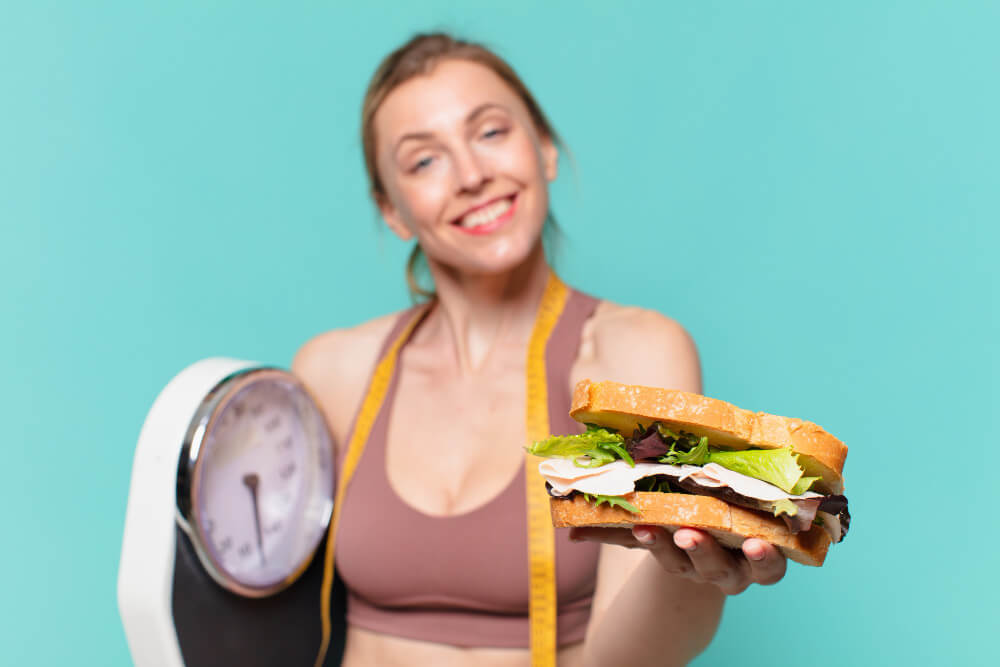
Summing up, here are few quick weight loss tips which you can keep with yourself and will help you for a lifetime:
- Try and include as many vegetables and fruits as you can in the diet, as they are low in calories.
- Avoid consuming oily items or ghee.
- Eat lesser quantity of food in small intervals
- Sleeping properly is important, which is at least 7-8 hours in a day.
- Mix strength training and cardio together, which helps in losing the extra fat and also retains the muscles.
- Stay hydrated as much as possible.
Conclusion
Beauty Duniya always comes up with different ways to help you retain your health and nutrition to the extent.
FAQs on Indian Diet Plan for Weight Loss
1.Can I consume brown rice biryani in this diet?
You can eat biryani while on this diet if you are willing to run 1 km, complete 20 push-ups, and 30 crunches. Aside from the jokes, you will be tempted to stray from your aim, but it will become a habit if you stick to it. Once you’ve lost weight, you can treat yourself once a week to a high-calorie meal.
2.How much weight can I expect to lose if I stick to the 1500-calorie Indian Diet Plan for 2-3 months?
You can lose up to 5 kg if you stick to the four-week food and activity plan. However, there is no fixed number which we can commit because weight loss will depend on multiple factors such as metabolism rate, how much are you exercising, sleeping pattern etc.
3. Will consuming tea with sugar once a day will affect my weight loss results?
No, sugar and Milk, regrettably, tend to degrade the quality of tea. Furthermore, you consume extra sugar through teas, packaged fruit juices, sodas, and other beverages. As a result, stay away from any drinks that include sugar or artificial sweeteners.
4. How much oil should be used in cooking?
For a healthy lifestyle and to keep illness and diseases at bay, two to three teaspoons of oil each day is recommended. A maximum of 1-2 litres of oil should be consumed every month.
Read all questions which people generally ask about Best Indian Diet Plan for Weight Loss

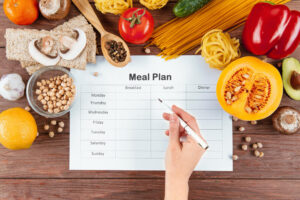
2 thoughts on “Best Indian Diet Plan for Weight Loss in 2021 – Highly Effective”
Your article helped me a lot, is there any more related content? Thanks!
I am a student of BAK College. The recent paper competition gave me a lot of headaches, and I checked a lot of information. Finally, after reading your article, it suddenly dawned on me that I can still have such an idea. grateful. But I still have some questions, hope you can help me.